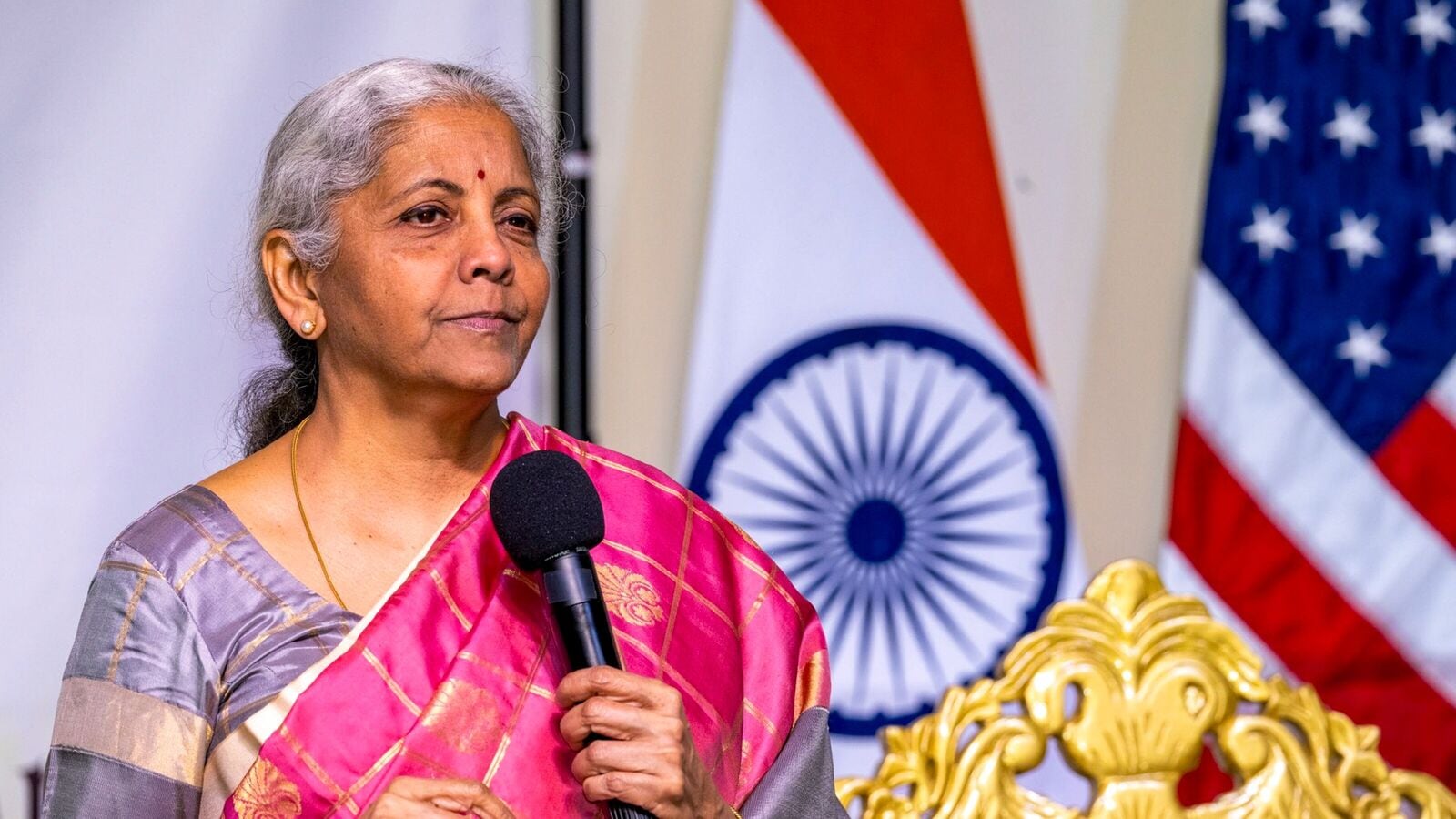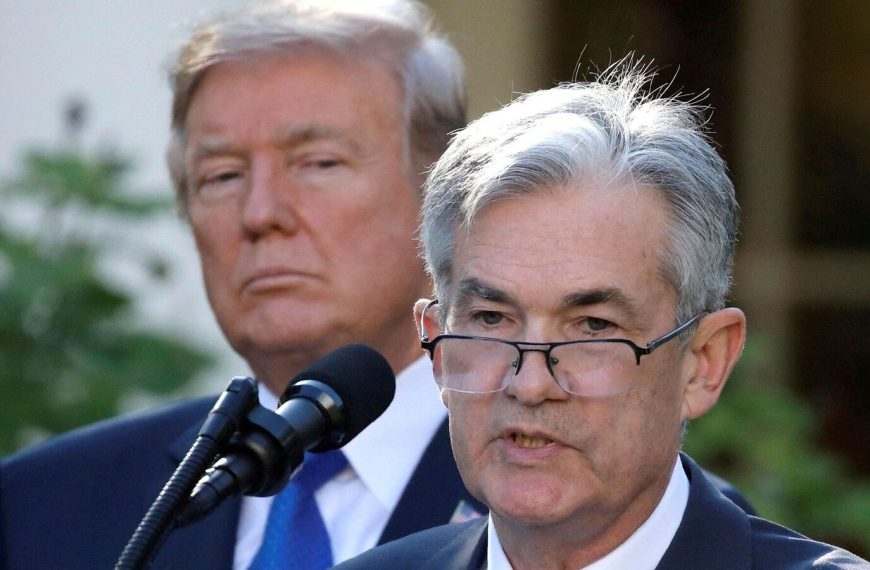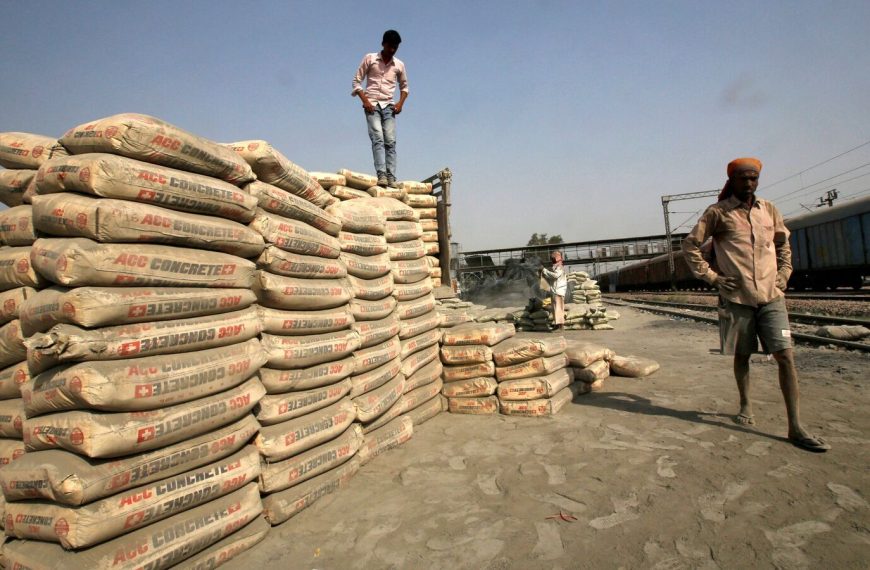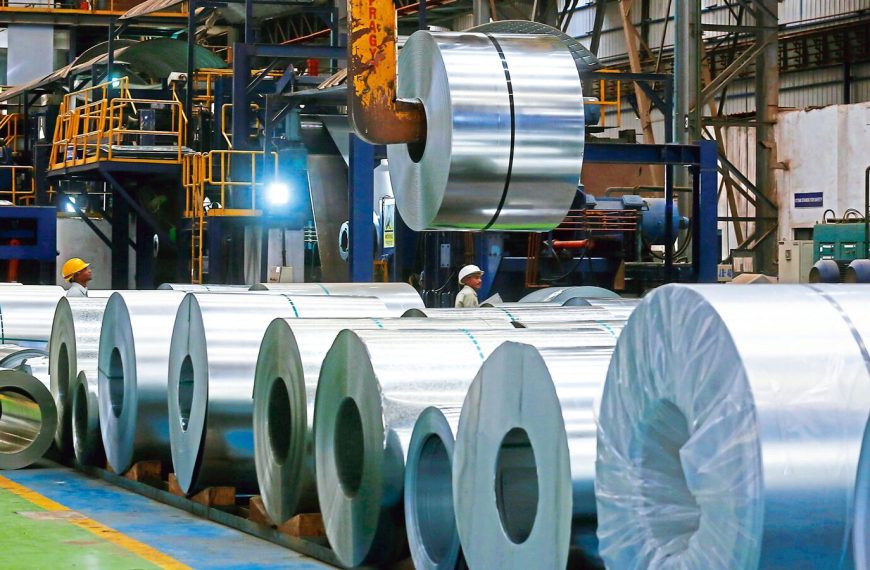India is making significant strides in finalizing a bilateral trade agreement with the United States. Finance Minister Nirmala Sitharaman recently expressed optimism about concluding the first phase of discussions by the end of the American autumn, which runs from mid-September to mid-December. During her visit to San Francisco, she emphasized that negotiations are progressing well, aiming to resolve key issues and build a broader trade partnership.
Progress on the Trade Agreement
Sitharaman highlighted the steady advancement in talks, stating, "We are hopeful of concluding the initial phase of the trade agreement positively by this fall." This agreement aims to enhance economic ties between India and the U.S., which is critical for both nations.
Key points about the trade discussions include:
- Official Visit: Sitharaman is in the U.S. from April 20-25 for the Spring Meetings of the IMF and World Bank.
- Meetings with U.S. Officials: She plans to engage with U.S. Treasury Secretary Scott Bessent and mentioned the visit of USTR officials to India for negotiations.
- High-Level Engagement: The commitment from both sides is evident, with Prime Minister Narendra Modi having visited the U.S. in February and the Commerce Minister also making a trip.
Goals for Bilateral Trade
In February, both nations agreed to focus on the first phase of a trade deal by 2025, aiming to elevate bilateral trade to $500 billion by 2030. However, recent developments saw the U.S. imposing a 26% reciprocal tariff on Indian exports, citing India’s average of 52% import duty on American products. This tariff, part of President Donald Trump’s economic strategy, included a standard 10% duty on imports from countries with significant trade surpluses with the U.S.
Notably, the implementation of these tariffs has been temporarily suspended for 90 days, allowing both nations to negotiate the terms of the trade agreement effectively.
India’s Economic Stability
Amidst these trade discussions, Sitharaman assured that India is on a positive trajectory toward managing its fiscal deficit. Since a spike in spending during the pandemic, the government has established a clear roadmap to bring the deficit below 4.5% by 2026. "We are diligently following our glide path," she remarked.
Additionally, Sitharaman noted a significant reduction in India’s debt-to-GDP ratio, which rose to 62% during the pandemic. She reported that this figure has been successfully lowered to 57.4% within four years. "Our goal is to bring the debt-to-GDP ratio closer to 50% by 2030," she stated, emphasizing the government’s commitment to fiscal responsibility.
In summary, India and the U.S. are on the verge of enhancing their economic relationship through a comprehensive trade agreement, while India remains focused on fiscal discipline and economic growth.











